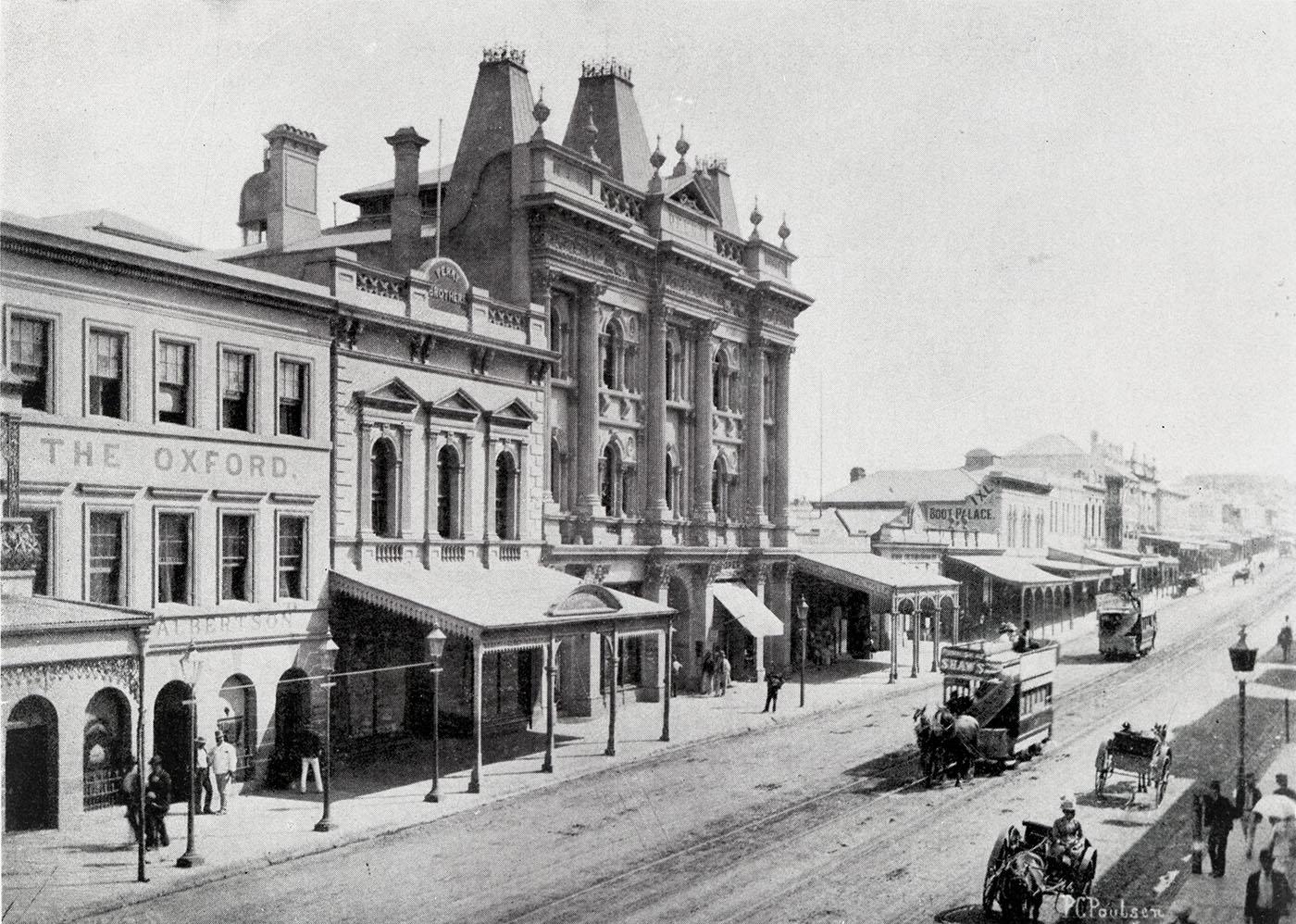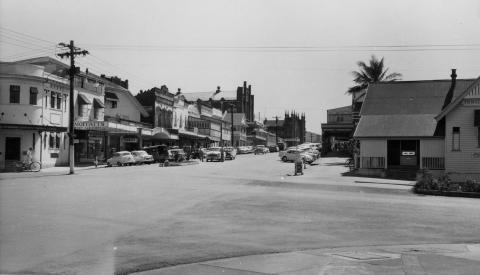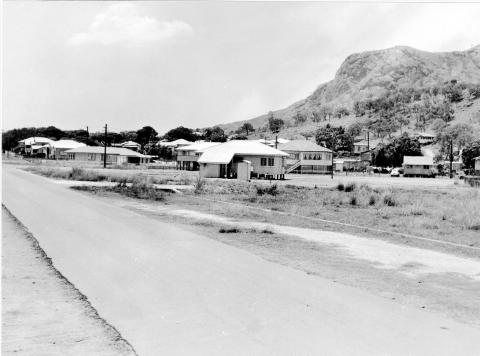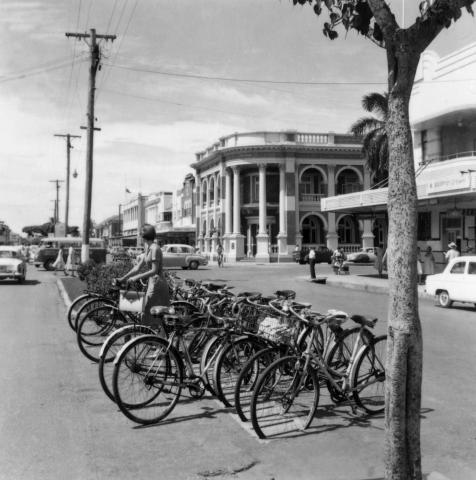
- News of the day
-
The Brisbane Courier, Wednesday 5 March 1890
Brisbane Tramway Company
[...] The Chairman, after announcing the business, read an abridgement of Mr. Duncan's report, prepared by that gentleman, as follows:
The cities of North and South Brisbane through which the tramways are now laid down, comprise an area of over eight square miles, and the estimated population at present is 75,000. In the year 1881 it was 31,000 showing that within the last decade the population has more than doubled itself. The present system of tramways is operated by horses, and about thirty-eight cars are daily running on the various routes. The total mileage of tramways is about four and a-half miles double track and four miles of single tracks. It is recommended to convert the present horse tramways into a cable system, making the lines double track throughout; and, in addition, laying down a line of tramway in Boundary-street, and a short extension of the New Farm branch in Brunswick-street.
The total estimated cost of the conversion and extension is £204,400. The capital invested in the present horse tramways as shown by the last balance-sheet is £149,700 19s. 9d. This amount can be reduced by the sale of freehold properties, horses, harness, and other assets that can be dispensed with, to about £116,000; and adding the cost of the cableways, a total capital of about £320,400 will be invested in the tramways. The estimated annual revenue for the present tramways when completed as a cable system, including the Boundary-street lie and New Farm branch extension, is £63,200.
- Background
-
Have you ever wondered where the word tram derived its name?
In the 18th century, when the demand for coal increased and the traffic became greater, flat iron plates were fitted to the faces of the wooden 'rails' to lessen the heavy wear and tear and the cost of replacement.
Then an intelligent individual, perhaps one of the horse-drivers, further improved the track by introducing a turned-up edge or trammel- from which the word tram is taken— to keep the wheels from slipping off.
/153.0264259,-27.4687427,7/450x450@2x.png?access_token=pk.eyJ1IjoicXNhLWRpc2NvLXFsZCIsImEiOiJjamJmdTgyZXEyeWNjMnlxZm8xcmtieHgxIn0.lmT9J5tTPKGuuccQgCVSAg)



